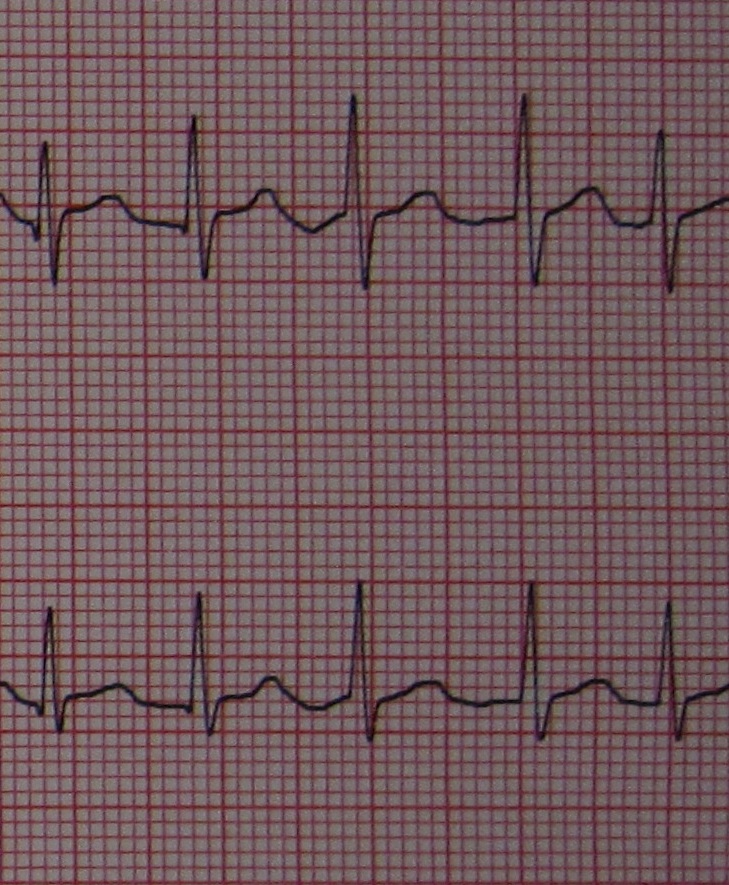Sandbox:ZMalik: Difference between revisions
Jump to navigation
Jump to search
Zehra Malik (talk | contribs) No edit summary |
Zehra Malik (talk | contribs) No edit summary |
||
| Line 1: | Line 1: | ||
Since the risk of radiation-induced malignancy attributable to CT is not totally zero and in light of dramatic increase in number of CT scans, dose reductions strategies are one of important consideration.<ref name="Kumar Sarangi2017">{{cite journal|last1=Kumar Sarangi|first1=Pradosh|title=Understanding Computed Tomography (CT) Dose Reduction Techniques and Principles in a Simplified Way|journal=Current Trends in Clinical & Medical Imaging|volume=1|issue=2|year=2017|issn=25732609|doi=10.19080/CTCMI.2017.01.555557}}</ref> | Since the risk of radiation-induced malignancy attributable to CT is not totally zero and in light of dramatic increase in number of CT scans, dose reductions strategies are one of important consideration.<ref name="Kumar Sarangi2017">{{cite journal|last1=Kumar Sarangi|first1=Pradosh|title=Understanding Computed Tomography (CT) Dose Reduction Techniques and Principles in a Simplified Way|journal=Current Trends in Clinical & Medical Imaging|volume=1|issue=2|year=2017|issn=25732609|doi=10.19080/CTCMI.2017.01.555557}}</ref> | ||
[[Image:RapidAFib150 (cropped).jpg]] | |||
Revision as of 14:39, 11 May 2020
Since the risk of radiation-induced malignancy attributable to CT is not totally zero and in light of dramatic increase in number of CT scans, dose reductions strategies are one of important consideration.[1]

- ↑ Kumar Sarangi, Pradosh (2017). "Understanding Computed Tomography (CT) Dose Reduction Techniques and Principles in a Simplified Way". Current Trends in Clinical & Medical Imaging. 1 (2). doi:10.19080/CTCMI.2017.01.555557. ISSN 2573-2609.